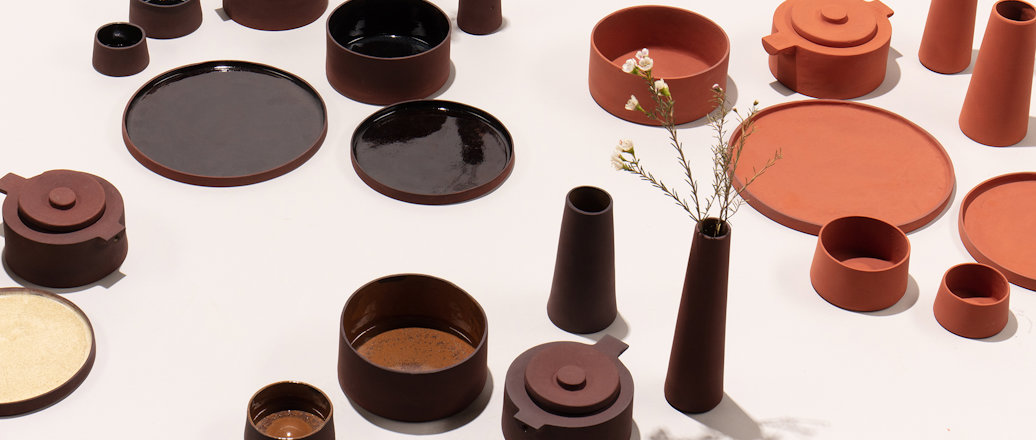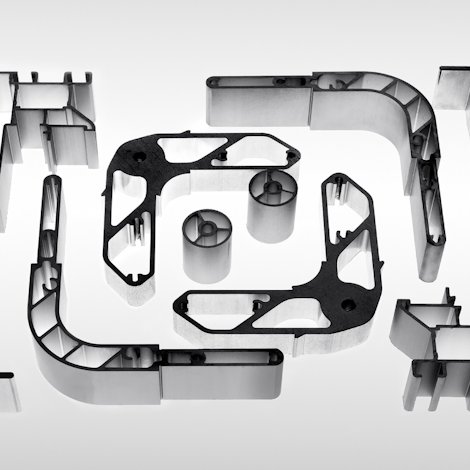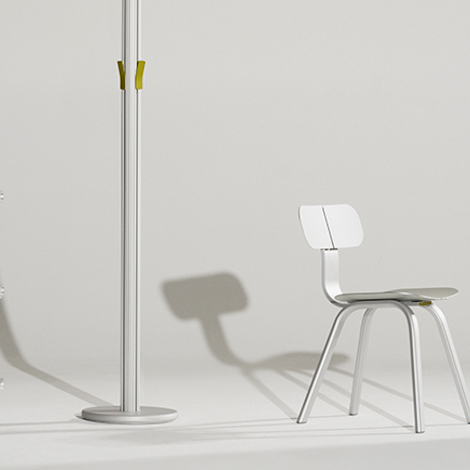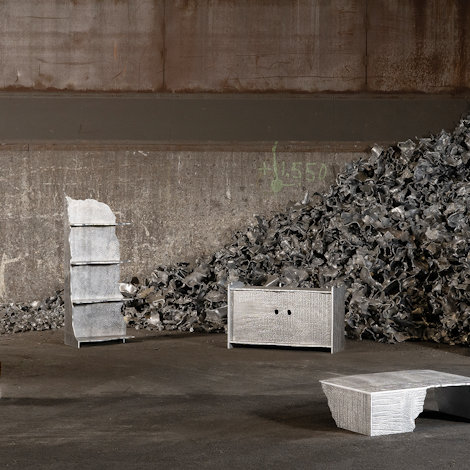We are using bauxite residue to turn waste into aesthetic value
A byproduct of the alumina industry, bauxite residue is one of the most abundant industrial wastes on earth. There is lots of it, billions of tons. In an effort to create awareness around this issue and demonstrate possible uses, we have turned a tiny part of this waste into ceramic tableware.
In the production of alumina, colossal amounts of bauxite residue – also known as red mud – are produced, such that the residue storage sites, when viewed from the air, results in unusually beautiful landscapes of red, brown and ochre hues. When we first encountered the satellite images of this red, muddy counterpart to the shiny aluminium, we were hooked.
Bauxite residue contains toxic heavy metals, and its high alkalinity makes it corrosive and difficult to work with. It is a waste product with a capital W.
I’ve read that researchers have patented around 700 uses for bauxite residue over the past 40 years. But only an exceedingly small amount of this is actually being used – for cement preparation, construction brick, even as a source of scandium. Scandium can be used to as an alloying element to strengthen metals, including aluminium.
From bauxite residue to ceramic tableware
For the past four years, our studio has been using bauxite residue in our designs.
We rarely question where our materials come from, nor what wastes were left in their wake. Aluminium, for example, is ubiquitous to our world and touted as a material of the future, yet behind it are vast landscapes of industrial waste, in this case bauxite residue.
At our studio in Amsterdam, we combine scientific research with traditional craft methods to create a range of tableware and tiles made from bauxite residue. The material is incredibly messy to use, and we have to take appropriate safety measures when using it in our designs. Of course, this intervention will not solve the bauxite residue problem, but we hope to create awareness and establish a sense of value for this otherwise unwanted material.
The choice to make tableware from a “toxic” waste might seem counterintuitive, but that is exactly the point. We want to invite the viewer to ask questions like “is it safe?” or “would I eat from it?” We hope that this discourse will open new pathways to valorization of a material resource that has an extremely bad rep.
Making use of the high oxide content, the glazes were also made with the material to showcase its aesthetic values. And I believe there is value. We wanted to show the muddier yet equally beautiful counterpart of aluminium, which is a material we usually see as immaculate.

The possibilities in wastelands
Bauxite residue acts as a reminder that the sterile and clean shine of aluminium originally came from the earth, and that there are always consequences to that process of extraction.
Let me rephrase that … consequences, but not dead ends. These wastelands can also be seen as a space of abundant resources.
What we do with the ceramic tableware is not a silver-bullet solution. Far from it. Simply put, our idea has been to create a new narrative for a contentious waste product whose many proven methods of safe reuse are curbed by negative press and legislative measures.
We wanted to surprise people with what the material could do and show it in an unexpected way.
We have collaborations with mining companies and architects, and we are exploring other uncommon material streams in a cross-disciplinary approach between science, craft and industrial practices. Hopefully, to come up with more alternative uses of bauxite residue.
Our ultimate goal is to see these materials used in architectural projects to demonstrate the possibilities at scale.








